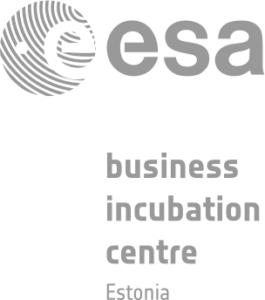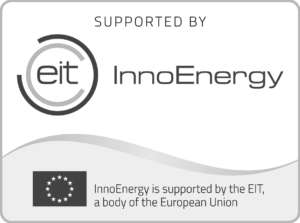25.06.2019
5 common myths about green technology
One of the most positive features of green technology is that it makes people think. Many people have a green mindset, but either because of the unawareness or old habits, they may not be actually green in practice. What are the main myths that still hold people with a green mindset stuck in the traditional solutions? This is discussed in the article below.
1. Renewable energy is expensive
Every company fights against stagnation from time to time. It is very easy to stick to things that have always worked and never ask if the existing one is really the most effective solution. One of the main features of green technology is its ability to make people evaluate all aspects of their business and find new, more efficient production tools. Finding money-saving solutions can even become addictive.
2. The energy obtained is not enough
It may seem that in the Nordic countries, including Estonia, it is not possible to produce renewable energy to the required extent. However, the share of renewable energy in neighboring countries such as Latvia and Lithuania is much higher, although the climate is the same. Renewable energy cannot yet fully replace fossil fuels or nuclear energy, but still provides a significant part of the world’s energy, allowing smaller companies and countries to stand out on the world market.
3. Renewable energy is not sustainable
The wind does not always blow and there is little sunshine. However, the technology is well developed and evolving, so we can now save enough solar power on sunny days to use it at night. Similarly, wind energy can be stored, for example, in chemical energy into battery banks or mechanical energy by pumping water into higher storage facilities.
4. The area is too new
Green technology is becoming more and more popular and is supported by the rules regulating changes in companies. Notable examples are the EU 2020 and 2050 energy strategies and the European Parliament’s ban on disposable plastic. In 2017 renewable energy represented 17.5 % of energy consumed in the EU, on a path to the 2020 target of 20 %, with solar energy having now become the most popular form of new electricity generation worldwide.
5. It is intended for a narrow audience
People have invented plenty of things and reaped a lot of economic benefits from constant reinvention. In the future, we could look at nature as a catalogue of products, where every item has benefitted from 3.8 million years of research and development. Our challenge is to cleverly put nature to work for humankind. The goal: A Clean Planet for All.












